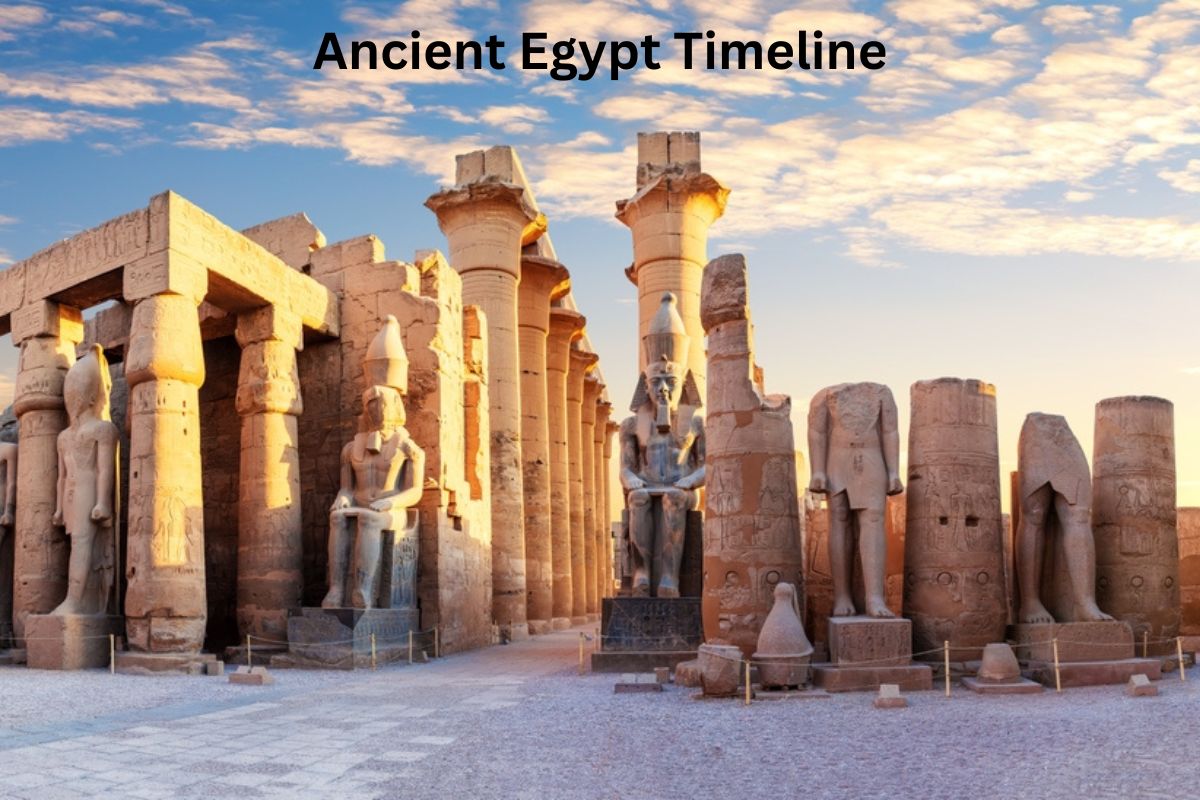Ancient Egypt refers to one of the world’s most enduring and fascinating civilizations that flourished along the Nile River in Northeast Africa.
Spanning over thousands of years, from around 3100 BCE to 30 BCE, ancient Egypt witnessed remarkable achievements in art, architecture, religion, government, and culture.
The civilization emerged during the Predynastic Period when small agricultural communities settled along the Nile. It reached its pinnacle during the Old Kingdom, known for the construction of magnificent pyramids at Giza.
After a period of political fragmentation during the First Intermediate Period, the Middle Kingdom ushered in stability, cultural development, and territorial expansion.
The New Kingdom marked a golden age of pharaonic power, as mighty rulers like Thutmose III and Ramses II expanded Egypt’s influence through military conquests. The New Kingdom also saw the rise of Atenism under Akhenaten, a religious revolution focused on the worship of the sun god Aten.
Subsequent periods, including the Third Intermediate Period and Late Period, witnessed political upheaval and foreign rule, with Egypt falling under the control of the Assyrians, Persians, and Greeks.
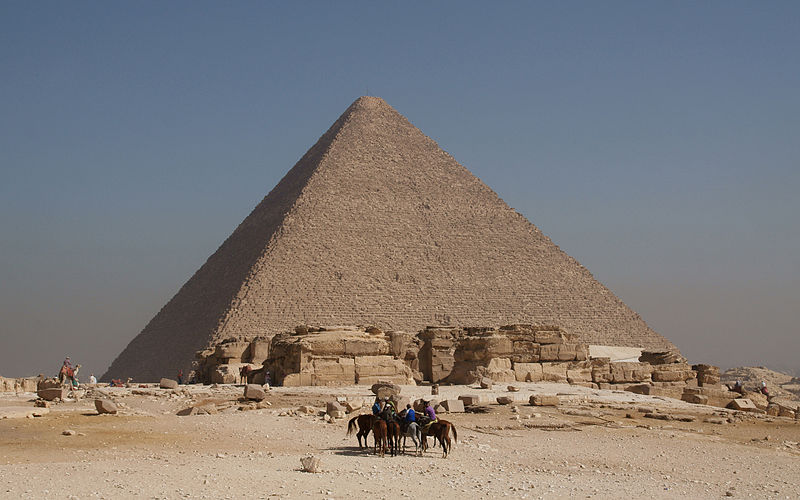
The Ptolemaic Period began with Alexander the Great’s conquest and the establishment of the Greek Ptolemaic Kingdom, culminating in the reign of the legendary queen Cleopatra VII.
Finally, the Roman Period saw Egypt becoming a province of the Roman Empire, marking the end of ancient Egyptian sovereignty.
Throughout its history, ancient Egypt left an indelible mark with its impressive architecture, elaborate burial practices, intricate hieroglyphic writing system, and profound religious beliefs.
| Period | Timeframe | Key Events/Features |
|---|---|---|
| Predynastic Period | c. 5500-3100 BCE | – Earliest evidence of human settlement in the Nile Valley. |
| – Development of agriculture and early forms of writing. | ||
| Early Dynastic Period | c. 3100-2686 BCE | – Unification of Upper and Lower Egypt under Narmer/Menes. |
| – Construction of the first pyramids at Saqqara. | ||
| Old Kingdom | c. 2686-2181 BCE | – Reign of powerful pharaohs. |
| – Construction of iconic pyramids at Giza. | ||
| – Development of a complex bureaucracy and centralized government. | ||
| First Intermediate Period | c. 2181-2055 BCE | – Political fragmentation and weakened central authority. |
| – Famine, social unrest, and conflict among regional rulers. | ||
| Middle Kingdom | c. 2055-1650 BCE | – Reunification of Egypt under the pharaohs of Theban origin. |
| – Expansion of trade and cultural exchange. | ||
| – Construction of notable temples and tombs. | ||
| Second Intermediate Period | c. 1650-1550 BCE | – Invasions by the Hyksos, a group of foreign rulers from the Eastern Mediterranean. |
| – Hyksos rule over northern Egypt while the native Egyptians ruled in the south. | ||
| New Kingdom | c. 1550-1069 BCE | – Expulsion of the Hyksos and the establishment of the New Kingdom. |
| – Reign of powerful pharaohs and military conquests. | ||
| – Construction of magnificent temples and tombs. | ||
| – Rise of Atenism during the reign of Akhenaten. | ||
| Third Intermediate Period | c. 1069-664 BCE | – Decline of central authority and political instability. |
| – Rule of various local dynasties. | ||
| Late Period | c. 664-332 BCE | – Invasion and rule by foreign powers such as the Assyrians, Persians, and Greeks. |
| – Revival of native Egyptian traditions and cultural renaissance under the Saite Dynasty. | ||
| Ptolemaic Period | c. 332-30 BCE | – The conquest of Egypt by Alexander the Great and the establishment of the Ptolemaic Kingdom. |
| – The reign of Cleopatra VII. | ||
| – Cultural fusion of Greek and Egyptian traditions. | ||
| Roman Period | 30 BCE-641 CE | – The Roman conquest of Egypt, ending the Ptolemaic rule. |
| – Incorporation of Egypt into the Roman Empire. |
Timeline of Ancient Egypt
Predynastic Period (c. 5500-3100 BCE)
The Predynastic Period refers to the time before the unification of Upper and Lower Egypt. During this period, small agricultural communities emerged along the Nile River.
The people of this period developed basic farming techniques, pottery, and early forms of writing known as hieroglyphs.
Early Dynastic Period (c. 3100-2686 BCE)
The Early Dynastic Period marks the unification of Upper and Lower Egypt under Narmer, also known as Menes.
Also Read: Pyramids Timeline
Narmer established the first capital of Egypt at Memphis and initiated the tradition of the pharaoh as a divine ruler.
This period saw the development of hieroglyphic writing, the construction of monumental tombs, and the rise of early pyramid architecture.
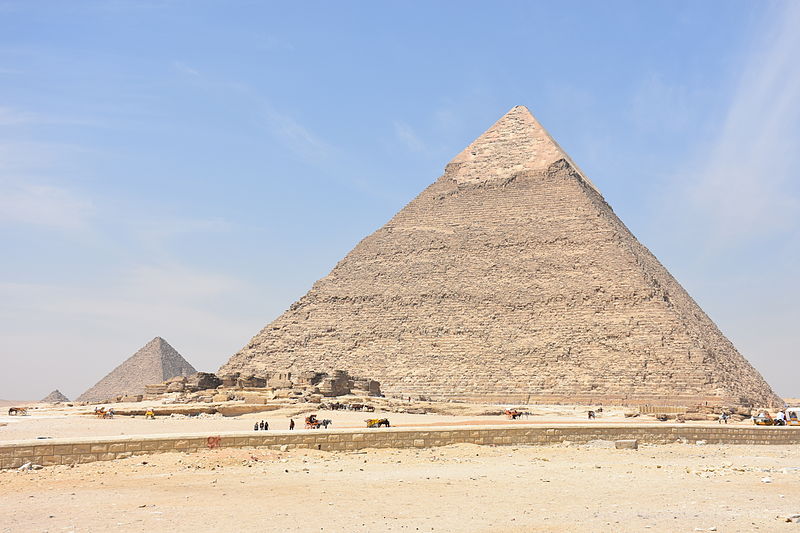
Old Kingdom (c. 2686-2181 BCE)
The Old Kingdom is often referred to as the “Age of the Pyramids.” The pharaohs of the 4th to 6th Dynasties built massive pyramids as their tombs at Giza, including the Great Pyramid of Khufu.
The Old Kingdom saw the establishment of a strong central government, with pharaohs wielding significant political and religious power. The construction of monumental architecture, such as temples and sphinxes, reached its zenith during this period.
First Intermediate Period (c. 2181-2055 BCE)
The First Intermediate Period was characterized by political fragmentation and weakened central authority. Following the decline of the Old Kingdom, regional rulers known as nomarchs gained power, leading to a fractured Egypt.
This period was marked by economic difficulties, social unrest, and famine, contributing to the collapse of centralized rule.
Middle Kingdom (c. 2055-1650 BCE)
The Middle Kingdom began with the reunification of Egypt under the pharaohs of Theban origin, particularly Mentuhotep II.
The Middle Kingdom saw a period of political stability, economic prosperity, and artistic and cultural development. Pharaohs embarked on large-scale building projects, constructed elaborate temples, and focused on expanding trade and exploration.
This period also witnessed the development of a more compassionate and inclusive view of the afterlife, evident in literary works such as “The Tale of Sinuhe.”
Second Intermediate Period (c. 1650-1550 BCE)
The Second Intermediate Period was a time of political upheaval in Egypt. It began with the invasion of the Hyksos, a group of foreign rulers from the Eastern Mediterranean.
The Hyksos established their capital at Avaris in the Nile Delta and ruled over northern Egypt while the native Egyptians maintained control in the south. This period witnessed a blending of Egyptian and Hyksos culture, as well as advancements in warfare and technology.
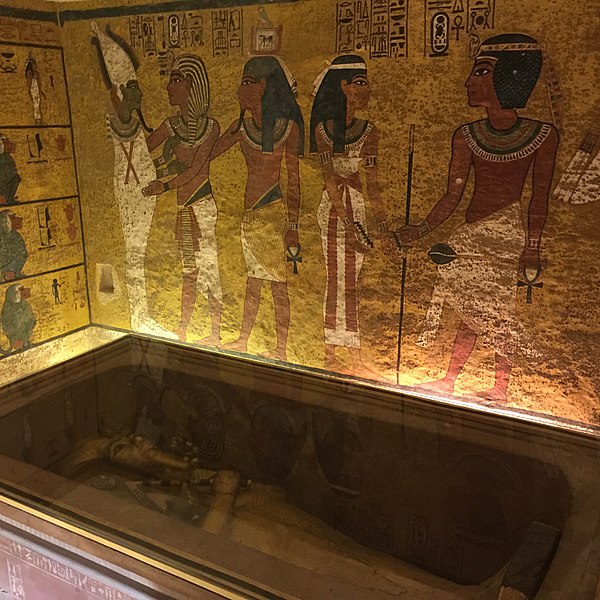
New Kingdom (c. 1550-1069 BCE)
The New Kingdom is often regarded as the peak of ancient Egyptian civilization. It began with the expulsion of the Hyksos and the establishment of the New Kingdom.
The period saw the reign of powerful pharaohs such as Thutmose III, Hatshepsut, Amenhotep III, and Ramses II. The New Kingdom was characterized by military conquests, territorial expansion, and the creation of a vast empire.
It also witnessed significant architectural and artistic achievements, including the construction of magnificent temples, tombs, and the Valley of the Kings. The reign of Akhenaten introduced the religious revolution of Atenism, a monotheistic worship of the sun god Aten.
Third Intermediate Period (c. 1069-664 BCE)
The Third Intermediate Period was marked by a decline in central authority and political instability. After the end of the New Kingdom, Egypt experienced a series of conflicts and power struggles among regional rulers.
The country was divided into smaller states, and foreign powers, including the Libyans and Nubians, exerted influence over various parts of Egypt. This period also saw the rise of priestly families, such as the High Priests of Amun, who gained considerable power and wealth.
Late Period (c. 664-332 BCE)
The Late Period witnessed the invasion and rule of several foreign powers in Egypt. It began with the Assyrians, who conquered Egypt in 664 BCE and incorporated it into their empire.
After the fall of the Assyrians, Egypt briefly regained independence under the 26th Dynasty, known as the Saite Dynasty. This period saw a cultural renaissance, with a revival of native Egyptian traditions and art forms.
The Late Period also witnessed the conquest of Egypt by the Persians, led by Cambyses II, and later by Alexander the Great, establishing the Ptolemaic Kingdom.
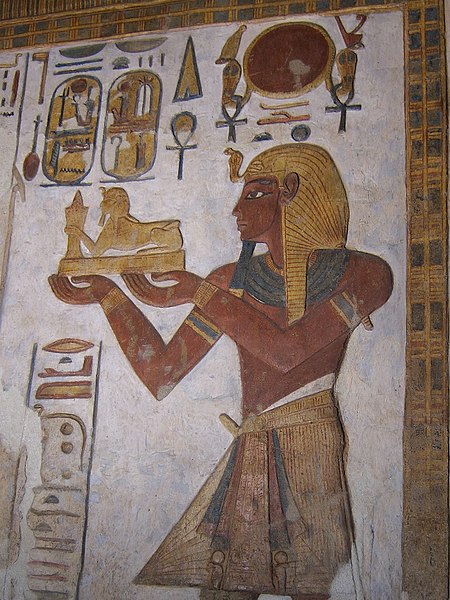
Ptolemaic Period (c. 332-30 BCE)
The Ptolemaic Period began with the conquest of Egypt by Alexander the Great in 332 BCE. After Alexander’s death, one of his generals, Ptolemy I, established the Ptolemaic Kingdom, which was ruled by a dynasty of Greek pharaohs.
The most famous ruler of this period was Cleopatra VII. The Ptolemaic Period was marked by a fusion of Greek and Egyptian cultures, as well as notable advancements in science, architecture, and scholarship. It was also a time of political intrigue and conflict with rival powers, particularly the Roman Republic.
Roman Period (30 BCE-641 CE)
The Roman Period began with the conquest of Egypt by the Roman general Octavian, later known as Emperor Augustus, in 30 BCE. Egypt became a province of the Roman Empire, marking the end of native Egyptian rule.
The Romans maintained a significant presence in Egypt and exerted control over its administration and resources.
During this period, Egyptian culture continued to coexist with Roman influence, and the ancient Egyptian religion gradually gave way to Christianity, which spread throughout the region. The Roman Period ended with the Arab conquest of Egypt in 641 CE.
